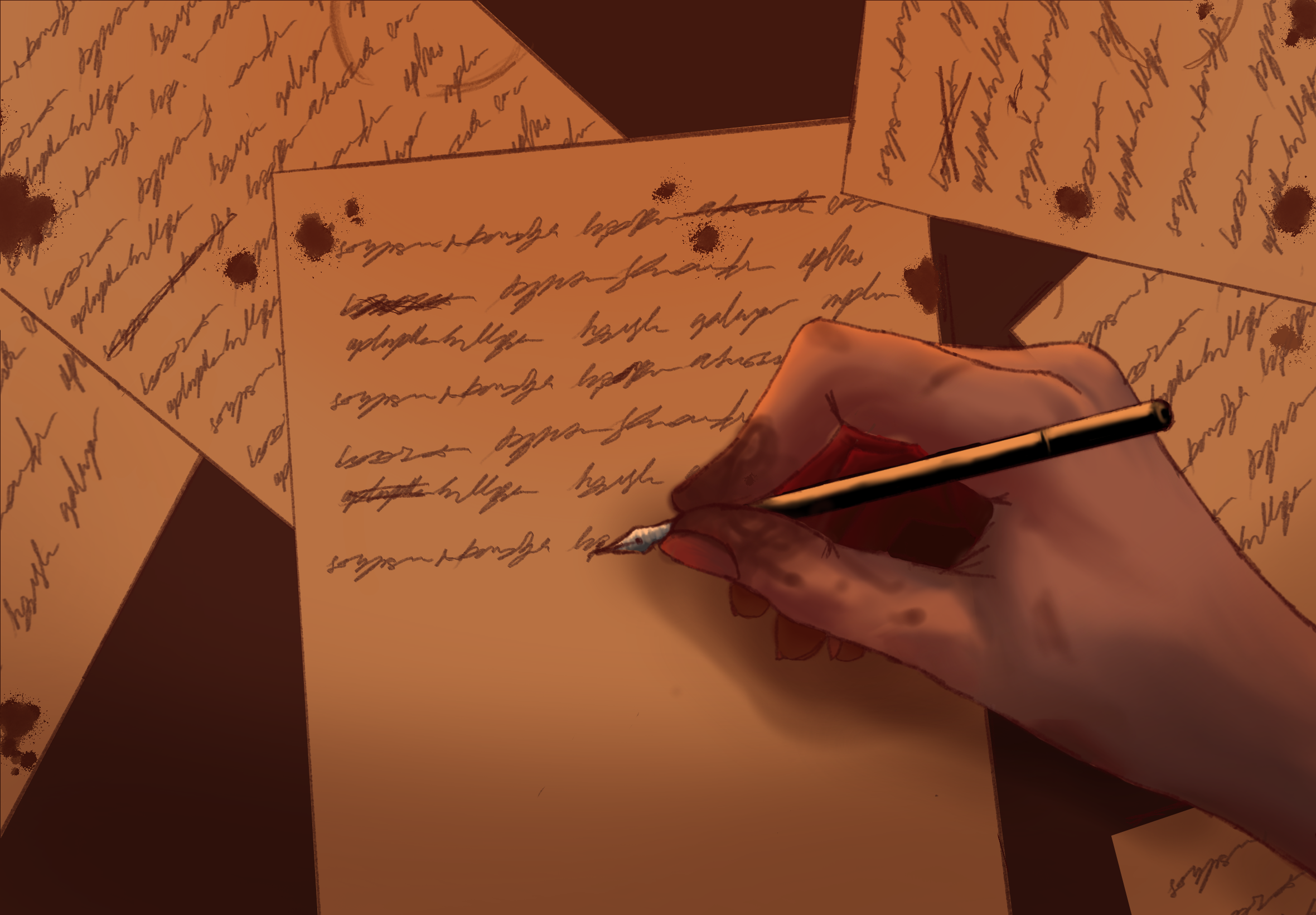
Striving for simplicity: AI and the destruction of what makes us “human”
Artificial Intelligence (AI) is no longer something you opt into, but something you now scroll past, like and unknowingly share. You might stumble on a video of bunnies bouncing on a trampoline, not realizing it was generated by an algorithm instead of filmed by a person. You may watch it a few times, amused, until you nearly miss it: two bunnies quietly merge into one at the very left of the screen. It’s the only clue that the video didn’t come from a camera, but from a prompt typed into Runway, a state-of-the-art AI video generator. Can you believe it fooled you so well?
Subtly and thoroughly embedding itself into our lives, we barely notice AI’s presence even as it’s shaping our content, habits and conversations. Tools like ChatGPT and X’s chatbot Grok are the most visible examples, but AI’s influence stretches into art, entertainment, education and productivity. It is often described as a major step forward for civilization. Alongside its benefits, however, there is a gradual erosion of something harder to quantify.
While the concept seems extraordinarily modern, AI isn’t a product unique to the 21st century. Its origins go back to the mid 20th century, when curiosity drove its early development, much like all innovations.
The first AI-related breakthrough came in 1950, when Arthur Samuel built a program that learned to play checkers on its own. The term “artificial intelligence” was introduced at a Dartmouth conference in 1956, marking the beginning of AI as a formal field of research. Scientists have spent decades since then exploring its possibilities through more programs and even robots.
Like many innovations throughout history, AI has evolved from an experimental idea into a tool of convenience. The printing press, the lightbulb and the automobile were transformative inventions that improved daily life. These tools made annoying issues easier, but they still required human involvement and effort. They supported creativity and productivity rather than replacing them entirely. AI may not follow that same pattern.
Society functioned without electricity. It progressed without autocorrect, tracking devices or real-time translation. Today, AI is positioned to handle not only manual tasks but also cognitive, artistic and emotional ones. This shift changes not just how we work, but why we work at all.
Automation has begun to reshape how people approach effort itself. Products such as self-cleaning litter boxes and smart utensils are not solving global problems. They are marketed as solutions to daily annoyances. The broader message behind them is clear: struggle and inconvenience are no longer necessary.
This attitude is now especially visible in education. Many students no longer engage with assignments to learn. In a world where grades are often the only metric that seems to matter, the goal becomes achievement, not understanding. And therefore, completion replaces curiosity; the fastest method becomes the best one.
As a result, tools like AI become more than just helpful resources. They become shortcuts. Students do not want to spend the time writing essays to discover ideas when a chatbot can complete the task instantly. They do not need to practice drawing when image generators can replicate any vision on command. The system they know rewards polished results and barely ever the time or care it takes to produce them.
This change reflects a broader cultural shift. Success is defined by output, not effort; seen in writing pieces graded on . When the outcome becomes the only priority, the process becomes disposable.
Tools can enhance creativity when used with intention. The invention of the loom did not destroy hand-knitting. Digital art platforms did not eliminate painting. Technology has the power to amplify, but only when people continue to invest themselves in the work instead of abusing its capabilities.
The challenge of AI lies not in its capabilities, but in how easily people hand over their own. The willingness to avoid effort becomes a habit. Once the process is skipped often enough, it disappears entirely.
The act of learning a skill, whether it is writing, coding, drawing or playing music, builds more than technical ability. It creates identity. The repetition, the trial and error and the discomfort of learning and improvement all contribute to personal growth. AI cannot replicate this process. It cannot replace the human experience of becoming better through doing. Today, skipping the process is easier than ever. One search, one download, one command is all it takes.
According to Market.us Scoop, an estimated 35% of fine art museums now include AI-generated artwork in their collections. Often, visitors are not informed about how these works were created.
This trend illustrates a deeper problem. The question is not whether machines are taking creative jobs. The reality is that people are surrendering the creative process. Bit by bit, they are accepting imitation in place of expression. Art that once required time, failure, experimentation and feeling is being replaced by something instant and empty.
Resisting this trend does not require abandoning AI. It requires remembering what AI cannot do. It cannot grow. It cannot reflect. It cannot struggle. It cannot develop identity through error or time. It can replicate language and art, but it cannot give those things life.
But, there are things you can do to eliminate dependence on AI. Write an essay without generative assistance; don’t worry about the time you spend doing so. Don’t draw to impress others, but to communicate. Read not to summarize, but to understand and apply. These efforts will reward you in far more than a finished product; they will shape you, and show you things about yourself you couldn’t even imagine.
Creativity is not valuable because of the outcome it produces. It is valuable because of the human effort it requires. That effort is still worth choosing.



